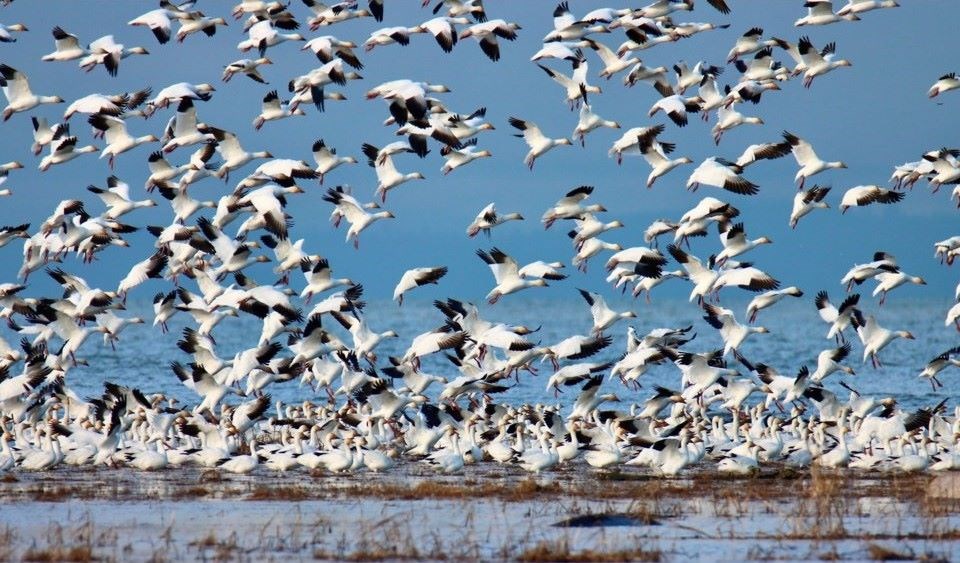The process of creating better salmon habitat at Sturgeon Banks is moving into its second phase.
Early last year, 11,000 cubic metres of sediment were redirected to Sturgeon Banks – the waters off the West Dyke in Richmond – to create two mounds meant to “build marsh resilience and support coastal flood protection,” explained the lead in the project, Ducks Unlimited.
This month the project will continue redistributing sediment dredged from a marina in Delta onto the tidal flats.
Adding the sediment is meant to restore the tidal marsh habitat for Pacific salmon.
“Since this hadn’t been done before, everything we learned during phase one makes the project a success already and will help us improve the effectiveness of stage two,” said Eric Balke, senior restoration biologist with Ducks Unlimited.
Things to improve on during stage two include the logistics of setting up the transfer of sediment, the timing, the process to ensure the correct type of sediment is being distributed and how it is delivered, Balke added.
"We are optimistic that our adjustments to the original plan will improve the overall effectiveness of the project as not just a climate-resilient habitat for salmon but also a demonstration of what's possible and what we can learn.”
The size of the original mounds has been monitored since early 2023 and the effectiveness of the mounds will continue to be monitored for at least two more years.
The Fraser River brings about 17 million tonnes of sediment every year to the Fraser Delta, building up in certain areas and impacting the navigability of the river for marine transportation.
The Fraser River estuary is home to hundreds of millions of out-migrating juvenile salmon that rely on these ecosystems as they transition to the ocean.
Fraser River Chinook salmon are the primary prey of endangered Southern Resident Killer Whales.
Together with Boundary Bay, the estuary is the most important overwintering area for migratory waterfowl, shorebirds and raptors in Canada.
The project is led by Ducks Unlimited Canada in partnership with Raincoast Conservation Foundation, the Tsawwassen First Nation and the Lower Fraser Fisheries Alliance.
It's funded by the BC Salmon Restoration and Innovation Fund, with additional funding from Tsawwassen First Nation, the Vancouver Fraser Port Authority and Nature Force.
Got an opinion on this story or any others in Richmond? Send us a letter or email your thoughts or story tips to [email protected].



